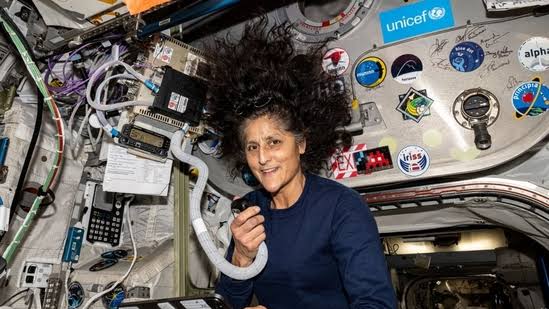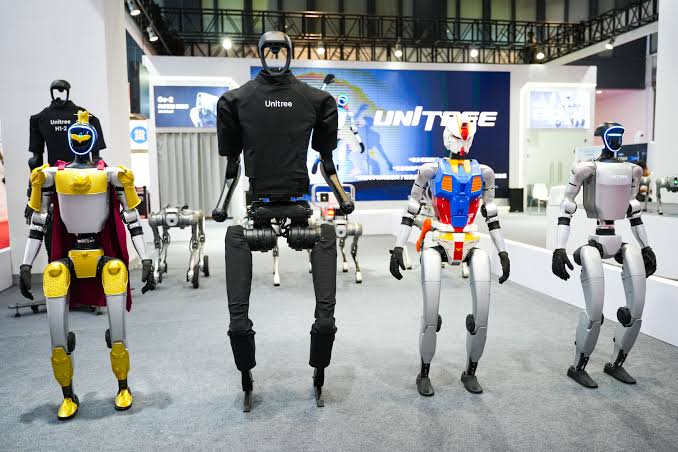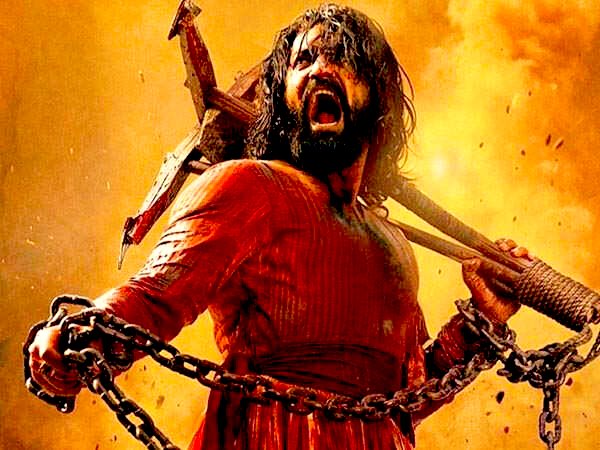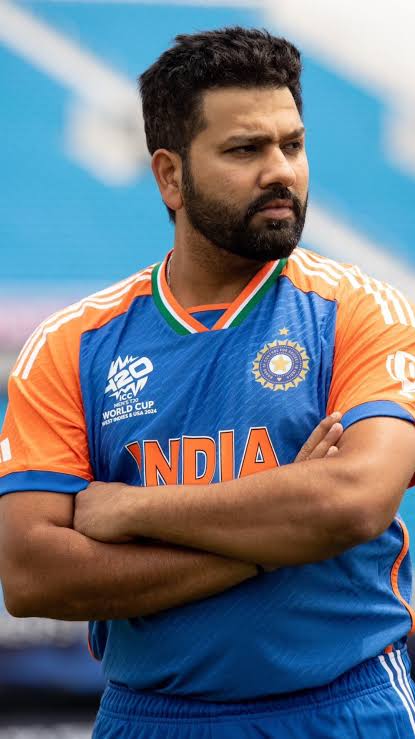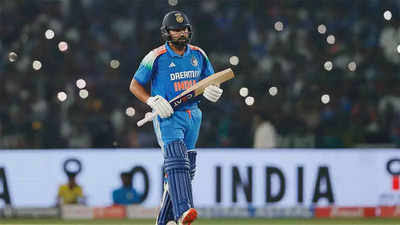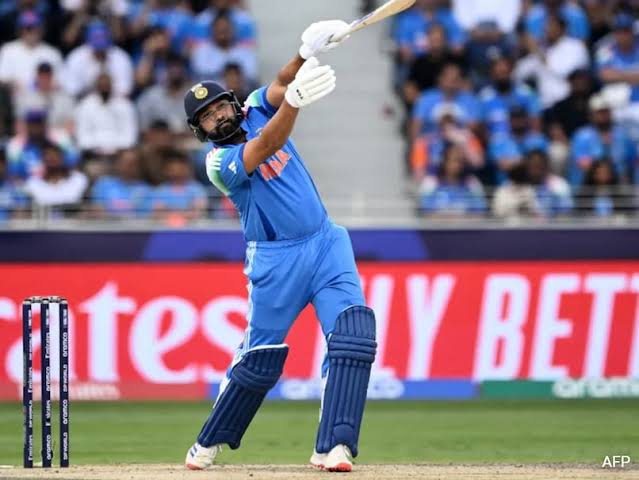In June 2009, a man using the alias Peter Bergmann arrived in Sligo, Ireland, checking into a hotel with a false Vienna address, paying in cash, and carrying minimal belongings, including a worn-out bag.
Over three days, CCTV footage captured him walking extensively around town, always carrying a purple plastic bag but returning empty-handed, suggesting he was systematically disposing of his possessions.
He exhibited deliberate behavior to erase his identity, with no ID, passport, or record of entry into Ireland. He moved purposefully, avoiding attention, and purchased eight international stamps, the purpose of which remains unclear.

On his final day, after checking out of the hotel, he visited a bus station, ordered a cappuccino and sandwich, and wrote something on a piece of paper, staring at it intently.
He then took a bus to Rosses Point Beach, where witnesses saw him pacing the shore, fully dressed, with shoes in hand, late into the night. The next morning, his body was found face-down on the beach, wearing only a navy T-shirt and black underwear, with his clothes neatly folded nearby.
The autopsy revealed acute cardiac arrest as the cause of death, with no water in his lungs or signs of struggle, implying he died moments before potentially entering the sea. His belongings, including the purple bag, were missing, leaving authorities puzzled.
Speculation arose about whether Bergmann was a terminally ill man seeking solitude, a fugitive, or a spy erasing his past. Despite a thorough investigation, his true identity and motives remain unknown, making his story an enduring mystery.


![10 Life-Changing Lessons from the Bhagavad Gita Explained [Quick 1 Min Read] 10 Life-Changing Lessons from the Bhagavad Gita Explained [Quick 1 Min Read]](https://uthtimes.com/wp-content/uploads/2025/03/IMG-20241125-WA0000-768x768.jpg)
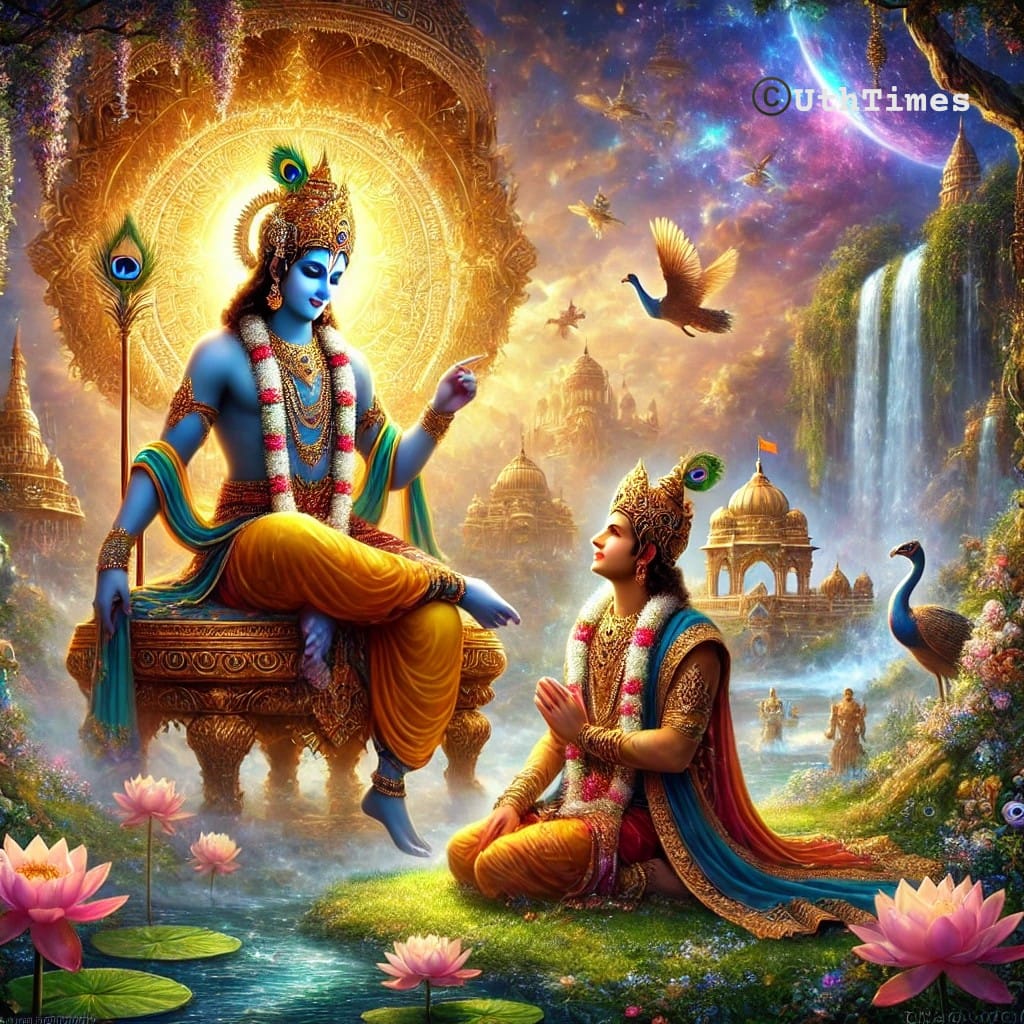
![From Oswald to the CIA: 10 Must-Know Points from the 2025 JFK Files [Quick 1 Min Read] From Oswald to the CIA: 10 Must-Know Points from the 2025 JFK Files [Quick 1 Min Read]](https://uthtimes.com/wp-content/uploads/2025/03/images-2025-03-19T130744.015.jpeg)




